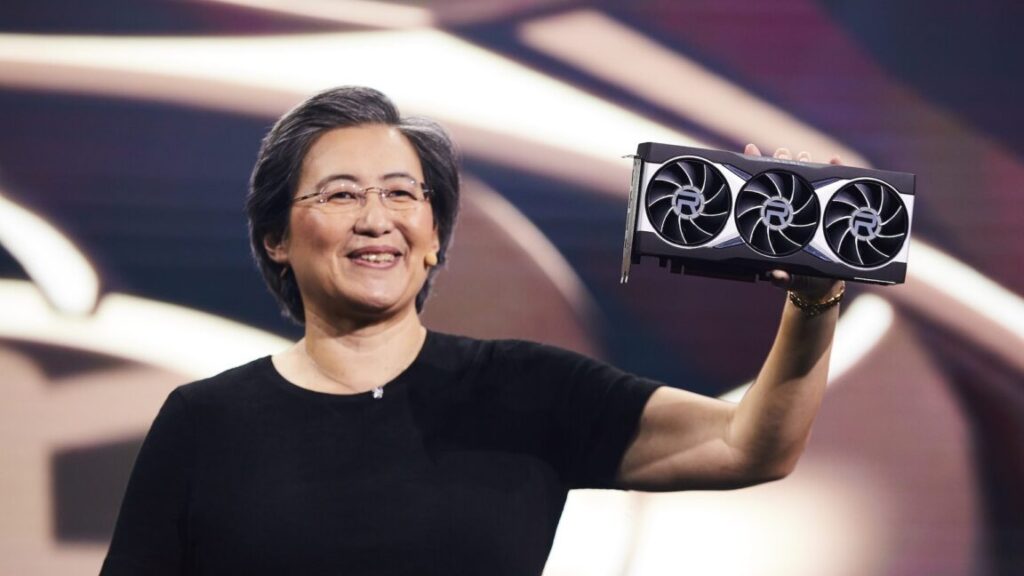Last week, AMD released version 25.10.2 of its Adrenalin driver package for Radeon GPUs. It seemed like a relatively routine driver release with a typical list of bug fixes and game performance improvements, except for one accompanying announcement: AMD said at the time that it would be moving support for Radeon RX 5000-series and 6000-series GPUs (and their RDNA 1 and RDNA 2 architectures) to “maintenance mode.” That meant that a bunch of GPUs, including some dedicated graphics cards launched as recently as 2022, would no longer get fresh fixes and performance optimizations for newly launched games. As reported by Tom’s Hardware, AMD released several clarifying statements to address the ensuing backlash, saying that these older GPUs would still get “new features, bug fixes, and game optimizations” based on “market needs.” That must not have quieted the complaints, because AMD then made an entirely separate post to confirm that the 25.10.2 driver release “is not the end of support for RDNA 1 and RDNA 2,” and that integrated and dedicated GPUs based on these architectures would continue to receive “game support for new releases,” “stability and game optimizations,” and “security and bug fixes.” AMD confirmed that these older GPU architectures had been moved to a separate driver path, but the company says this is meant to keep fixes and features intended for newer RDNA 3 and RDNA 4-based GPUs from inadvertently breaking things for RDNA 1 and RDNA 2 GPUs. “These [RX 5000 and RX 6000-series] products now benefit from a dedicated, stable driver branch, one built on years of tuning and optimization,” reads AMD’s post. “This approach helps deliver a smoother, more consistent experience for your games while insulating previous generation GPUs from rapid changes designed for newer architectures… By separating the code paths, our engineers can move faster with new features for RDNA 3 and RDNA 4, while keeping RDNA 1 and RDNA 2 stable and optimized for current and future games.”
Continue reading the complete article on the original source



